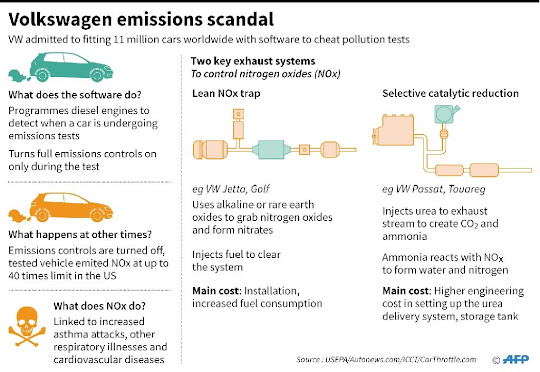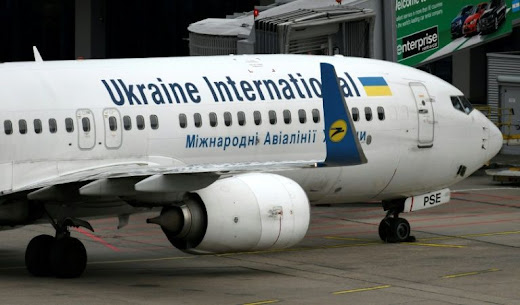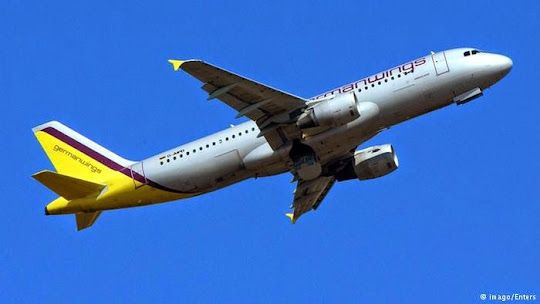Manggi Habir, The Jakarta Post, Jakarta
Within a relatively brief period, we have witnessed a series of tragic disasters, both natural and man-made. This has ranged from the Aceh tsunami to the Adam Air plane crash and more recently to the Jakarta floods. This begs the question as to what we have learned from these painful experiences?
Unfortunately, we must admit not much. With limited resources and awareness, we have often ignored disaster prevention measures in our everyday routines. One notable trend, however, is that with a weak first line of defense, there is a growing importance of contingency disaster plans, or what companies often refer to as plan B (as opposed to the normal operating plan A). And with bird flu just around the corner, our plan B abilities will be truly put to test.
Preventive measures are, in the long run, more cost effective than remedial measures that kick in during and after a disaster. This is intuitive and common sense. On an individual level, better to buy and wear a motorcycle helmet than pay a brain surgeon to reassemble your head. For an airline, better to spend on safety measures than damage your reputation and forego potential revenue from customers switching to safer airlines.
For an oil company, it is better to ensure that safety standards are adhered to (especially when drilling in close proximity to heavily populated areas and public transportation facilities), than to have to pay for damages and compensation. For a provincial government, it better spending on early warning systems and going through practice runs, rather than having to relive another Aceh tsunami or Yogyakarta earthquake tragedy.
And for a municipal governor, better to spend on improving urban canals and drainage systems rather than losing political capital because of floods, should one have further political ambitions.
But, unfortunately, preventive measures are not without cost, while it is always hoped disasters will happen to somebody else, and thus are not a certainty. And with the lack of awareness of the need for preventive measures, even periodic building evacuation exercises remain a rarity.
Companies with the resources normally incorporate preventive measures in their business plans. They do this by identifying critical risk areas in their businesses, and correspondingly install ways to address and minimize these risks. In the absence of insurance, losses are quantified, should mishaps occur, and funds are set aside to cover these potential losses.
Minimum industry safety standards are set and adhered to with proper government or industry enforcement carrying sufficient penalties for non-compliance. Not easy in a developing environment, and to be fair even developed ones find this difficult.
It is like having to exercise, eat a balanced diet and have regular medical check-ups to avoid paying huge hospital bills later on. We know it is good for us, but never have the urgency or time, until unfortunately it is too late. Human nature is such that we tend to ignore the negatives and instead focus on the positives. It must be our survival instinct.
Indeed, it is our weakness in implementing and enforcing preventive measures in our daily routine that leads to the prominence of plan Bs. This is inevitable in an increasingly riskier world, with increased volatility brought about by, among other things, globalization, more frequent and extreme climatic changes and technological innovations. So what constitutes a credible plan B?
This column is not meant to be a treatise on how to do a plan B. Suffice to say that a plan B should have adequate funding, a realistic action plan, an organization with a credible chain of command to the very top (to get visibility, a buy-in from everyone and decisive decision making) and a focal point of communication to ensure accurate and consistent information is made public.
But a plan means nothing if it is not practiced. So it is vital that we do periodic practice runs. Plan B's ideally should remain a work in progress and, after each practice run, constantly fine-tuned to ensure credibility and effectiveness. Tsunami and earthquake practice runs are important exercises to go through. It is sort of like having an army in peacetime. We want them to be battle-ready and continually practice for a war, which we hope will never happen.
This brings me to bird flu, which has already claimed lives and could escalate further into a more deadly pandemic. Experts all agree it is just a matter of time before we have a pandemic. So, in this case, the early warning systems have already been switched on, flashing yellow warning lights. Unlike the recent tsunami and earthquakes, we have the luxury of a bit more time and thus both preventive and contingency plans need to be reviewed and put into action simultaneously.
Preventive measures include ensuring we are vigilant and report any dead birds to the authorities, and when the virus is identified ensuring we cull all fowl and animals (with proper compensation) that could transmit the disease within the surrounding area.
Identify key areas where the deadly virus can breed, like crowded wet markets where people and animals converge and try to ensure as clean an environment as possible. There has been heartening news of a bird flu vaccine being developed in Australia with some success. Although it remains to be seen how soon it can be safely used.
On the plan B remedial side, hospitals have been designated to cater for bird flu patients and isolation wards have been established. Aside from the hardware, it is important to coordinate the dissemination of information to ensure the public is made more aware about bird flu, the symptoms, the dangers and where to go for help should they identify it in their respective communities. Ways to deal with affected relatives and communities to ensure that the disease is isolated and contained is also important.
With all that has happened, it is no wonder we are suffering from a bit of disaster-fatigue. And it is now that our leaders, instead of pointing fingers at each other, should start showing real leadership. It is an opportune time, especially with the general elections only two years away.
The writer is a financial and business analyst and a lecturer at Tarumanegara University in West Jakarta.






